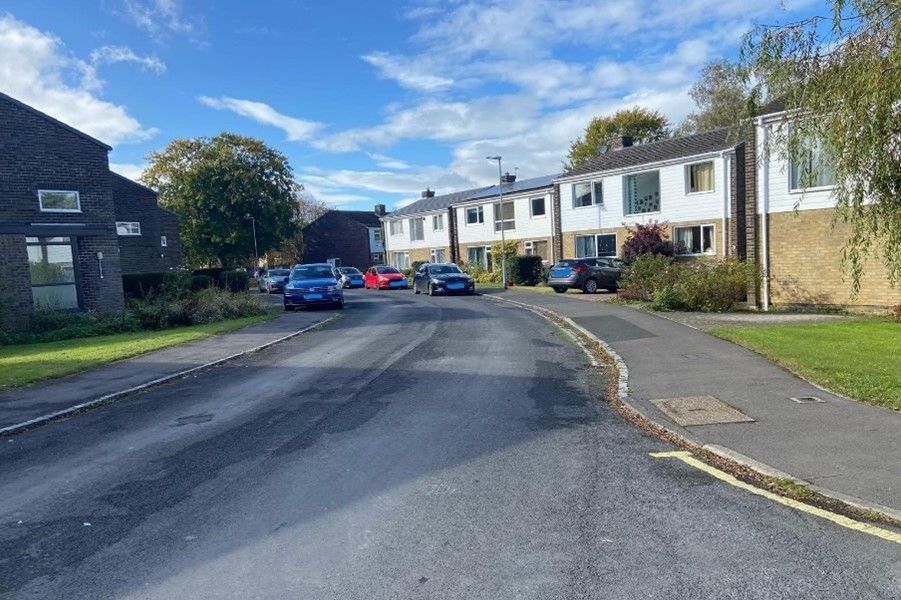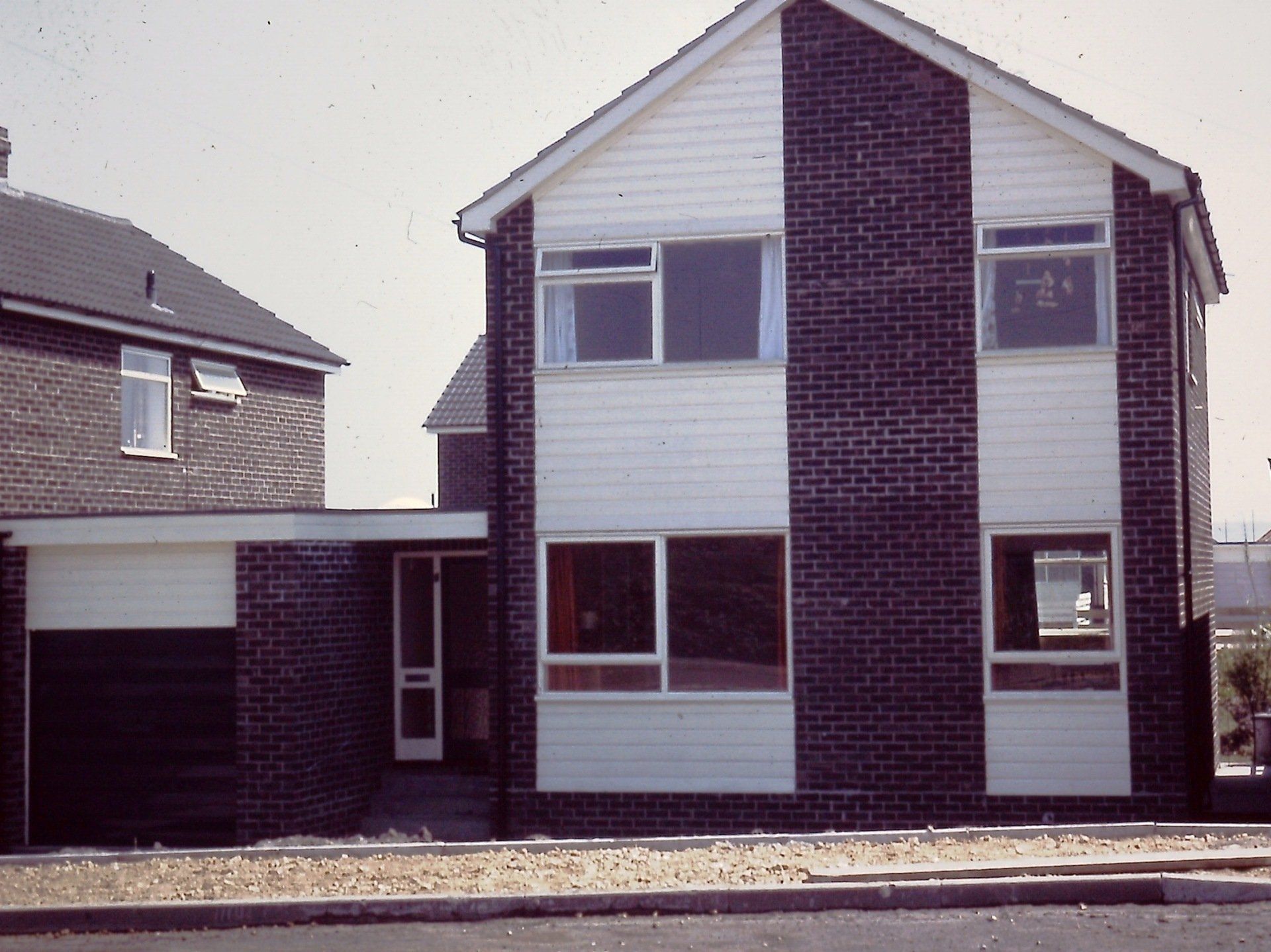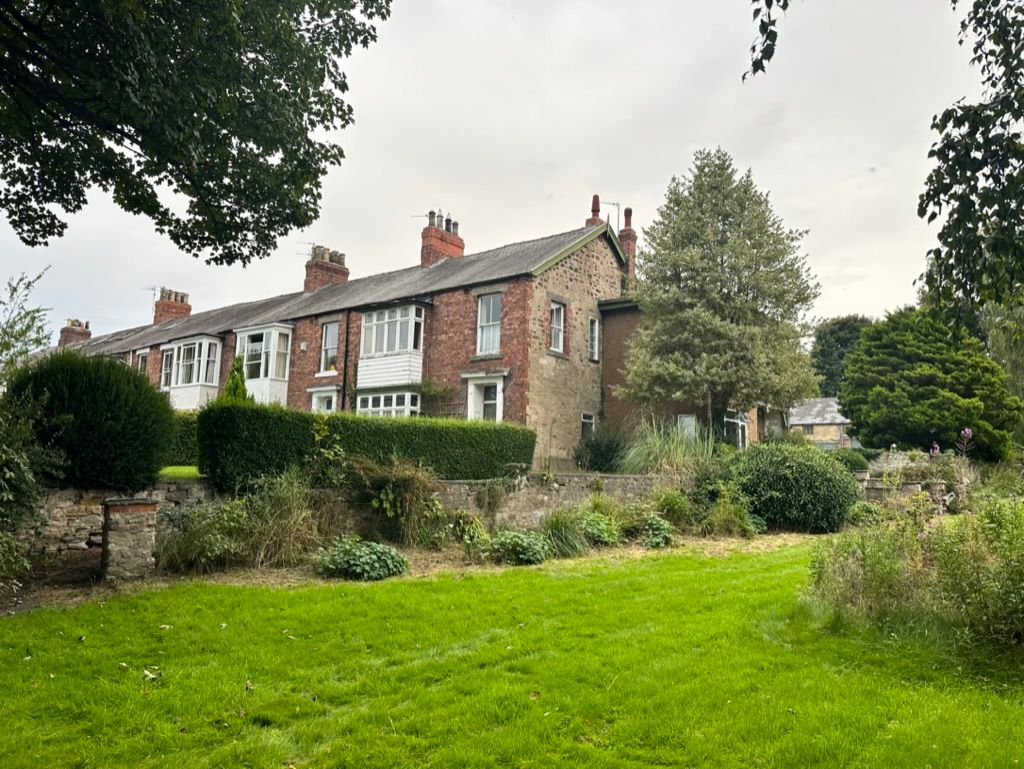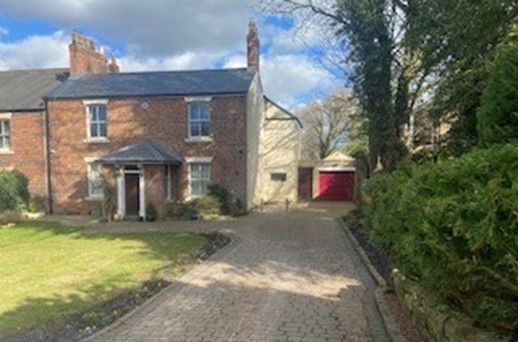Houses have a story to tell...

Hill Meadows in High Shincliffe
Click here to read about the construction of Hill Meadows
Left: Hill Meadows near the junction with Heathways (2024)
Heathways, High Shincliffe, a house built in 1969
The residents of one of the houses in the first section of Heathways have checked their deeds to reveal a little of the history of the site.
It appears that on 30 June 1875 the rectangular area bounded by Heathways, about three acres [from the rear of the first house on High Street east to Lindisfarne], was conveyed (freehold and possessory title land) between Sarah Love and Joseph Horatio Love (grandson of Joseph Horatio Love, local mine owner).
Love Senior was a notorious figure in nineteenth century Durham. He was a particularly harsh mine owner though he did contribute to the building of the Methodist Chapel in Shincliffe. The “Heathways” land was included in the grant of probate of JHL Junior's estate in Oct. 1935. JHL Junior lived on a large estate (Hawkhills) in Easingwold when he died. It is now a wedding and conference venue.
In 1942 JHL's executors (including Henry Cecil Ferens, a well-known Durham solicitor, and one of the recipients of JHL’s will) sold it to Abraham Manchester for £500. Manchester was a shopkeeper in High Shincliffe and operated from what is now Hill Top, next to Oak Tree House. He was involved in the early assembly of the ownership of the old mine site before the housing estate. At some stage he had acquired the area down to just beyond Foxton Way because in 1958 he sold it all to someone called Luckman, a dentist in Bowburn, for £3,500.
Others seem to have owned parts of the area down to the last of the Heathways bungalows and the whole area was bought by J Hewison Ltd of Blaydon Burn for £30,000, probably in 1961 and he slowly built what was initially called the Heath Meadows estate. The Company Secretary was County Councillor Don Robson, later Leader of Durham County Council, and the man behind the establishment of first-class cricket in the county with the development of the Riverside in Chester-Le-Street.
The residents moved in shortly after the house was built. They remember there was colliery waste everywhere. Eventually topsoil was spread which was believed to have come from the then current motorway construction. They also recall the unfinished road and pavement in front of the house which was completed later by the builder.

A house in the first section of Heathways, in the summer of 1969
Park House, High Shincliffe
There appears to be no mention of the house in the 1871 Census which suggests that it was built after this date. The colliery agent, John George Russell, was living in Avenue House at this time which is just next door.
Park House was built on land owned jointly by the following people. It was indentured by them on 13th September 1864:
1) Joseph Love (1796-1875). Much more about
Joseph Love
appears on our website. He owned collieries in the area as well as a lot of land in the village.
2) Henry King Spark (1825-1899). Spark had gone into business with Love and had made a lot of money, but in 1872, Spark sued Love for money which he felt he was owed. Later, in 1882, Spark was being pursued for bankruptcy after a series of disastrous financial entanglements with collieries across the north.
3) They were in partnership with the Dean and Chapter of Durham Cathedral along with Henry Thomas Pelham, the third Earl of Chichester (1804-1886) and Spencer Horatio Walpole (1806-1898).
In the 1881 census, Park House was occupied by Jane Barker (1818-1886), wife of Joseph Barker (1813-1880). It remained in the Barker family until 1919 when it was sold to Matthew Henry Armstrong who, up to that point, was living in 6 Durham Road, Bowburn.
Wood View, Shincliffe Village
Wood View, now a terrace of 7 houses, was built towards the end of the nineteenth century by Charlton Robson.
Click here to read Wood View - A Terrace Through Time
Right: Part of Wood View from the garden of Number 7 (September 2023)



